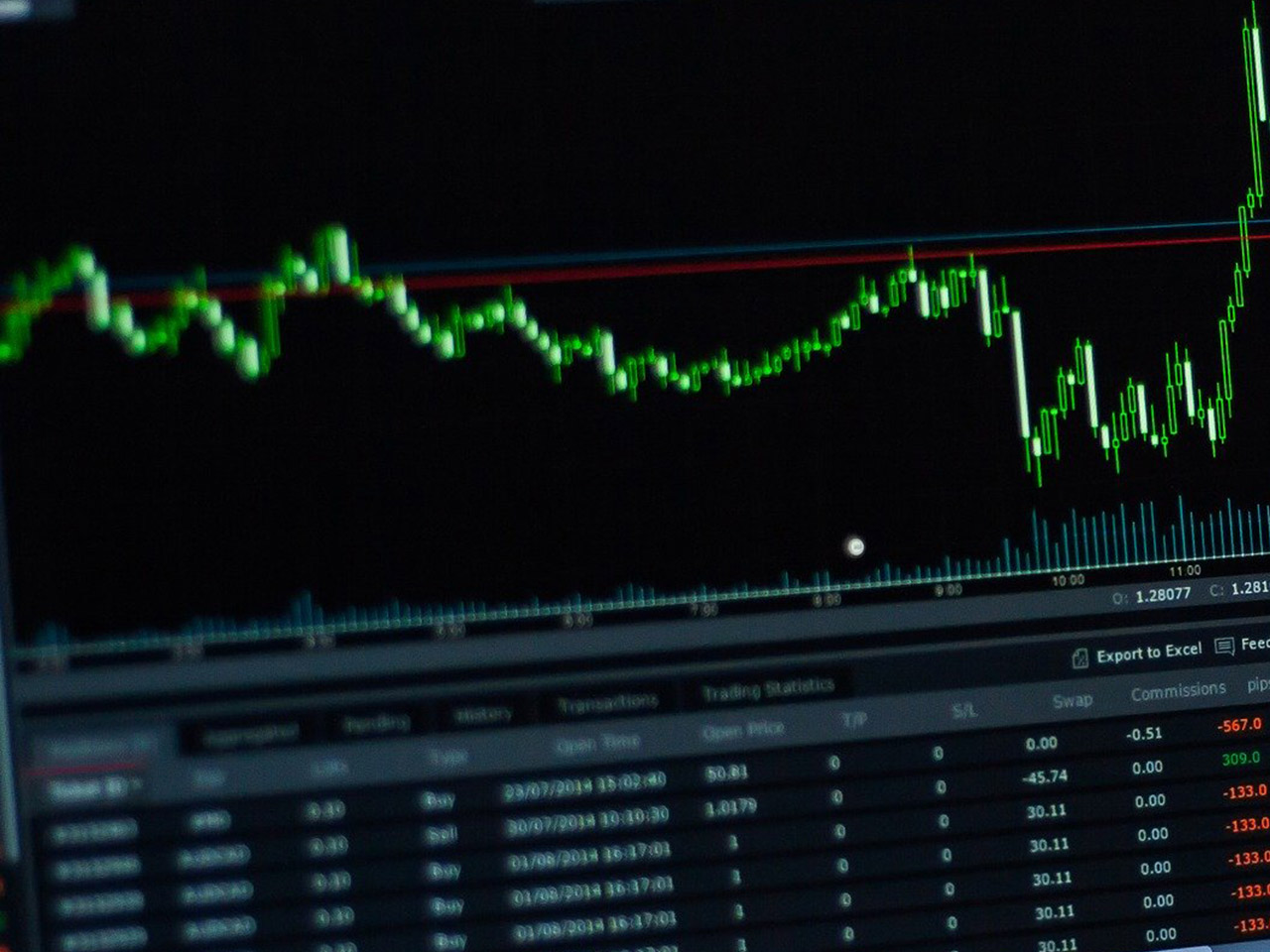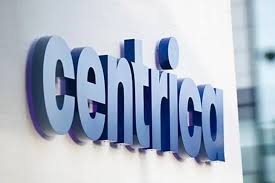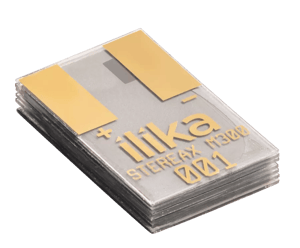Schrodinger, Inc. (NASDAQ: SDGR) has been making waves in the healthcare sector, particularly within the health information services industry. With a robust market capitalization of $1.42 billion, this New York-based company is well-positioned in the realm of molecular discovery, leveraging its unique computational platform to innovate in drug development and materials applications. As investors scan the horizon for promising opportunities, Schrodinger offers a compelling narrative, underscored by a notable 22.84% potential upside based on current analyst ratings.
Currently trading at $21.98, Schrodinger’s stock has experienced a moderate price change of 2.67, representing a 0.14% increase. The stock’s 52-week range has seen fluctuations between $17.58 and $26.69, suggesting resilience amidst market volatility. These figures, combined with a 50-day moving average of $19.65 and a 200-day moving average of $21.69, indicate a fairly stable technical position. The Relative Strength Index (RSI) of 56.60 suggests that the stock is neither overbought nor oversold, providing a balanced viewpoint for potential investors.
However, Schrodinger’s valuation metrics present a more complex picture. With trailing and forward P/E ratios, PEG ratio, price/book, price/sales, and EV/EBITDA all marked as N/A, investors must rely on other performance indicators to gauge the company’s financial health. The revenue growth of 15.70% is promising, yet the negative earnings per share (EPS) of -2.48 and a return on equity (ROE) of -44.40% highlight the challenges the company faces in achieving profitability. Additionally, the free cash flow of -$6,255,750.00 raises questions about the company’s immediate liquidity position.
Despite these financial hurdles, Schrodinger continues to attract positive sentiment from analysts, with 7 buy ratings and 2 hold ratings, and no sell ratings. The target price range of $19.00 to $33.00, with an average target of $27.00, aligns with the potential upside, providing a clear signal of confidence in the company’s future performance.
Schrodinger’s strategic focus on its two main segments—Software and Drug Discovery—provides multiple avenues for growth. The Software segment is pivotal in transforming molecular discovery for life sciences, while the Drug Discovery segment is expanding its portfolio of preclinical and clinical programs, both internally and through collaborations with industry giants like Novartis Pharma AG.
While Schrodinger does not currently offer a dividend yield, its payout ratio stands at 0.00%, reflecting its reinvestment strategy to fuel further innovation and development. This approach, while potentially limiting short-term returns, could significantly enhance long-term shareholder value as the company continues to push the boundaries of computational drug discovery.
For investors eyeing Schrodinger, the key considerations will involve balancing the company’s growth potential against its current financial metrics. The substantial potential upside, coupled with the company’s strategic collaborations and innovative platform, presents an intriguing opportunity for those willing to navigate the inherent risks associated with investing in a company at the cutting edge of healthcare technology. As Schrodinger advances its research and development capabilities, investors will be keenly watching for signs of profitability and sustainable growth.









































